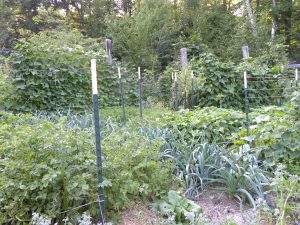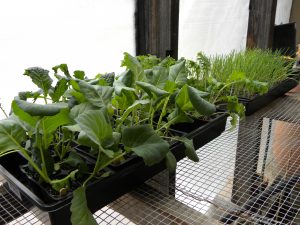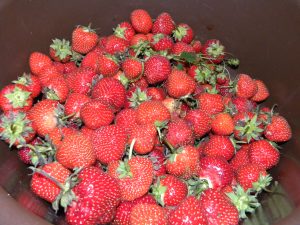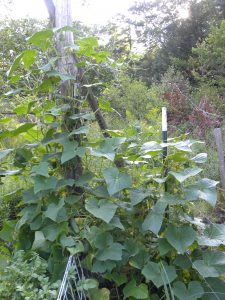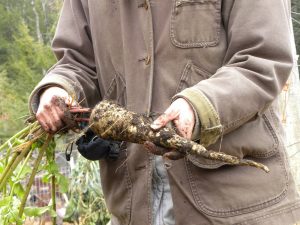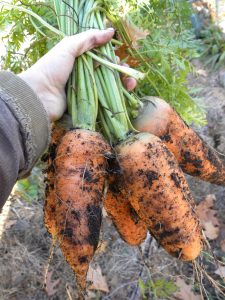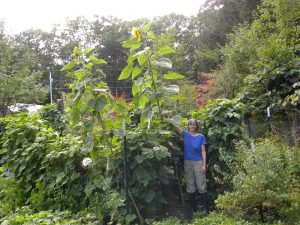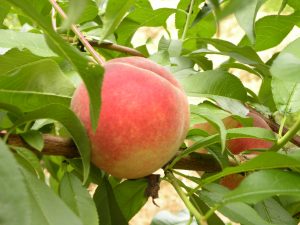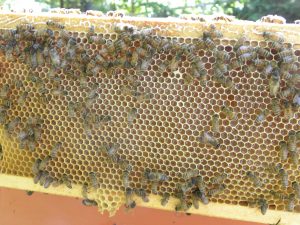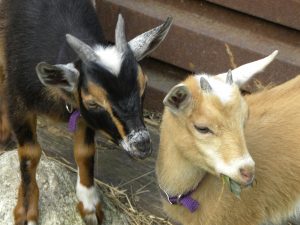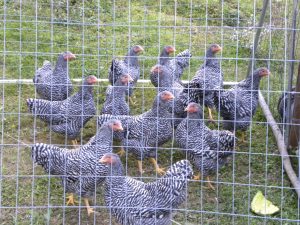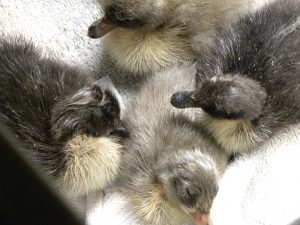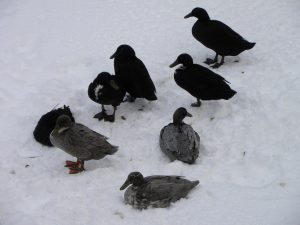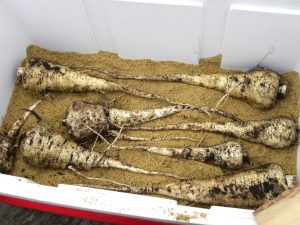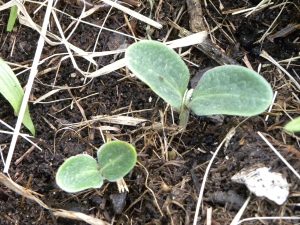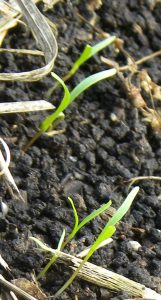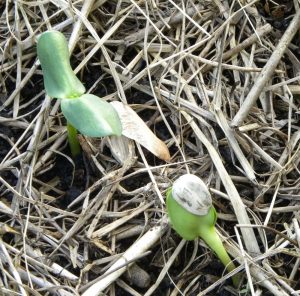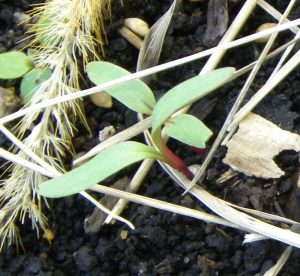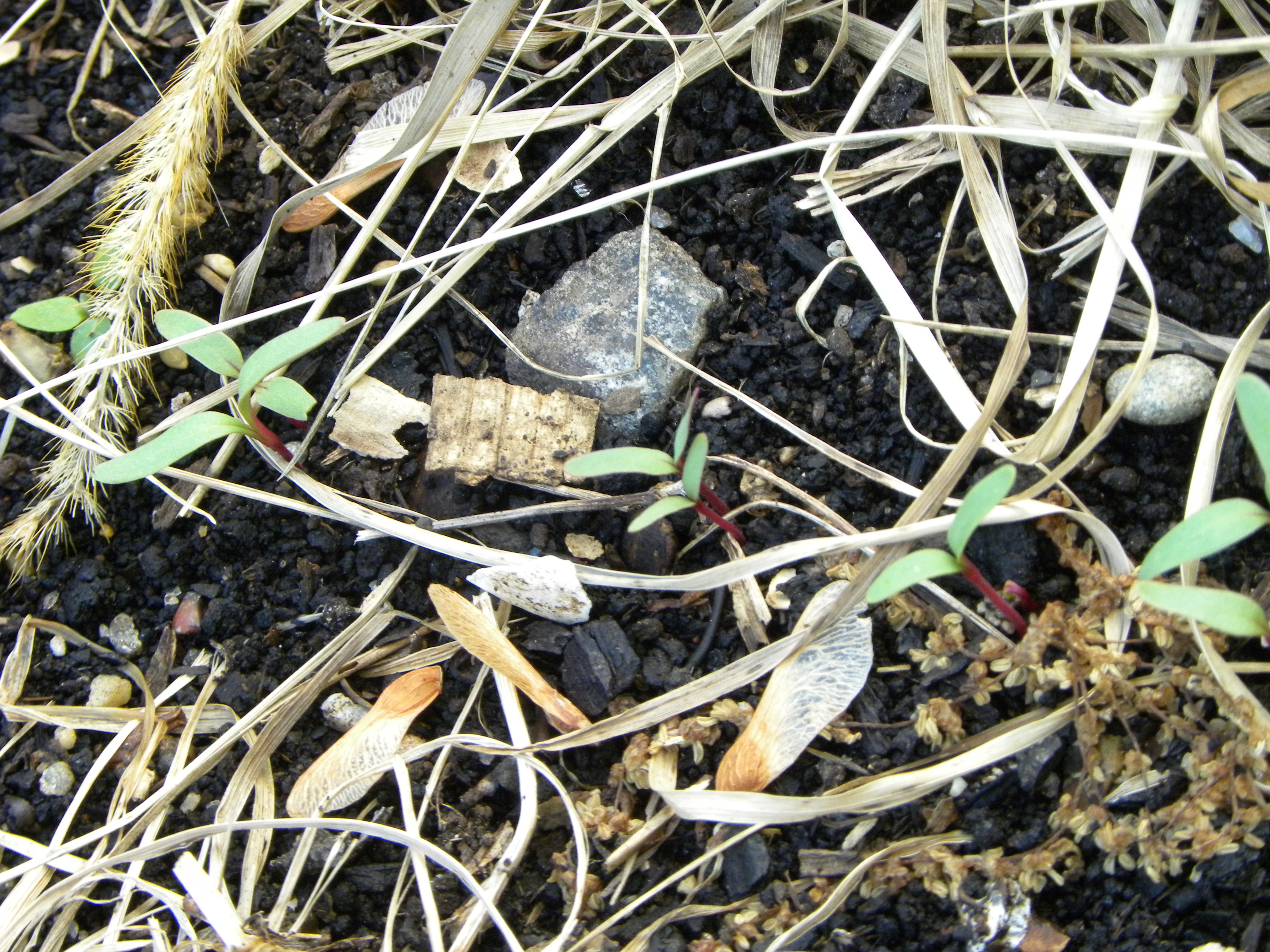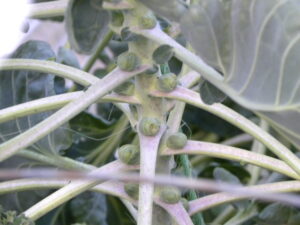I have practiced food preservation for years, loving how it helps me eat local food year-round and practice permaculture principle 2: Catch and Store Energy. Writing more about preserving was already my plan before we entered this new coronavirus world of social distancing and grocery store shortages. Now, it seems even more relevant.
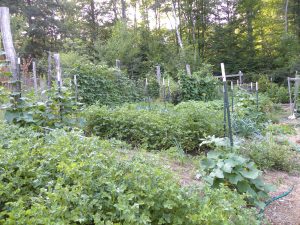
Our July 2019 Veggie Garden
I don’t think we are in great danger of running out of food. But, I do think the safety of shorter supply chains and of avoiding stores is appealing, the health benefits from real, nutritious foods can only help us, and that people taking stock of what they truly need and rely on is leading to a new appreciation of food
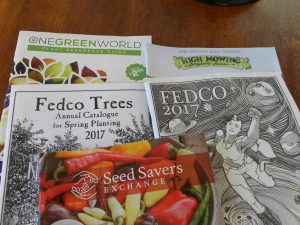
A Few of my Favorite Seed & Plant Catalogs
growing. Seed sales are booming, CSA memberships are selling out, and garden plots are in demand. It follows that soon, how to use and save what is grown will be the question.
Before looking at specific techniques for preserving in detail, I want to address the issue of possible nutrient loss in preserved foods.
The belief that raw plant foods are ideal is currently popular. I was taught differently. Years ago, driven by my own health problems and by environmental and ethical concerns, I researched human nutrition and experimented with a number of different diets. I can say that vegan, low-fat, and raw veggie diets only further worsened my health. But, along the way, I was lucky to discover some people who helped me learn and make choices that have served me well, especially brilliant Wise Woman Susun Weed, and The Weston A. Price Foundation.
I learned that animal products are generally best raw but not plants. Plants treated in some way to break their tough cell walls makes the nutrients, especially minerals, that they contain much more accessible to their animal consumers (that includes human animals). This is supported by looking back at how our ancestors ate, and at current research.
Plant Cell Walls
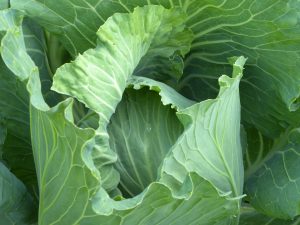
Cabbage
The basic idea is that the thick cell walls of plants hold in the nutrition we need.
Our teeth cannot break the cell walls, and our digestive juices are not strong enough to do so either. We didn’t evolve an internal cooking (fermenting) system, like ruminants have, so, if we want to get value out of plant foods external “cooking” methods become necessary.
When I say “cooking” what I am referring to are any ways that break those cell walls. Heat is one way – roasting, baking, grilling, etc. Other options are freezing, drying, lacto-fermenting, and covering in oil or vinegar (think salad dressing). You can actually see this process happen, when a crisp bright piece of kale turns limp and dark in your soup, when the lettuce starts to look weird and slimy sitting in the dressing a long time, when your frozen blueberries warm up and, well, are just not the same as fresh. These are all clues that you can now really benefit from eating these!
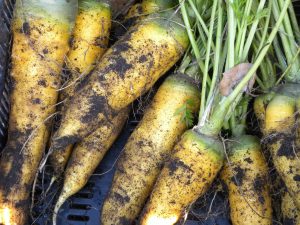
Carrots, filled with carotenoids!
Minerals are elemental rocks which can have different forms but can’t be destroyed by anything in your kitchen.
Vitamins, especially antioxidants, are often enhanced by cooking. Research has shown this with lycopene, carotenoids and ferulic acid. Vitamin C is a less stable compound so will break down more easily, with heat, exposure to light or time. However, Vitamin C is in a lot of plant foods – not just citrus – and much does remain after cooking.
Cooking In Water
One reason people became worried that cooking meant less nutrition may be because of this fact: if you heat a plant in water, the freed nutrients can leach into the water. If you are a drinker of Nourishing Herbal Infusions you will also understand this, as we rely on the long, hot water treatment of the herbs to move those compounds into the water. Here’s the key – the nutrients haven’t been destroyed but transferred into the liquid. That’s why for herbal infusions we squeeze out the herbs and compost them then drink
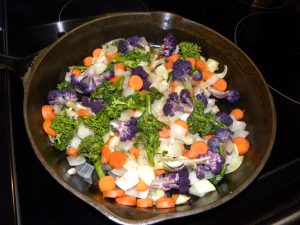
Braising Garden Veggies
the liquid only. If you boil veggies and throw out the water – yeah, you’ve wasted a lot. So make sure not to do that! We prefer oven roasting in olive oil, and also braising on the stove top with oil and a little water. Whatever liquid is left we make sure to ingest as well.
What About Enzymes?
Dr. Pottenger’s research did show that the enzymes in raw meat and raw milk aid our digestive process, which is why raw milk is more easily digestible. However, the enzymes in fruits and veggies are mostly destroyed by our own bodies because we don’t need them.
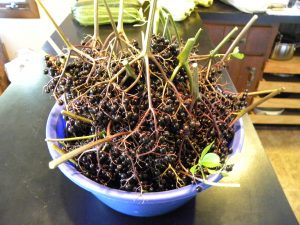
Elderberries in the kitchen
Safety
There are a number of constituents found in plants that are toxic or anti-nutritional to us which cooking deactivate, like oxalic acid in spinach, and cyanide-inducing glycosides in elderberry and phytohaemagglutinin in kidney beans.
Uncooked veggies aren’t useless to us – we get fiber, and some of the vitamins and minerals they contain. But at a time when we are worried about feeding the world and many well fed people have specific deficiencies, it seems we should try to get the most we can from what we eat.
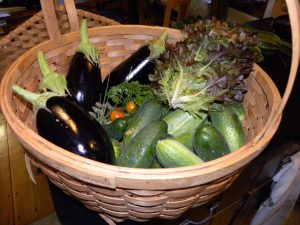
Harvest!
The good news in terms of food preservation is that most of these techniques also offer us more bio-available nutrition. The research shows that some methods of cooking and of preserving keep certain nutrients better than others which is an argument for a diversity of tactics. In my next posts I’ll go over the varied options we have for keeping our harvests year-round.
I do know that there are wildly differing opinions, experiences and even conflicting research results out there. I’ve shared here my own experience and what I learned from people I trust for you to consider and make your own best choices for yourself!

